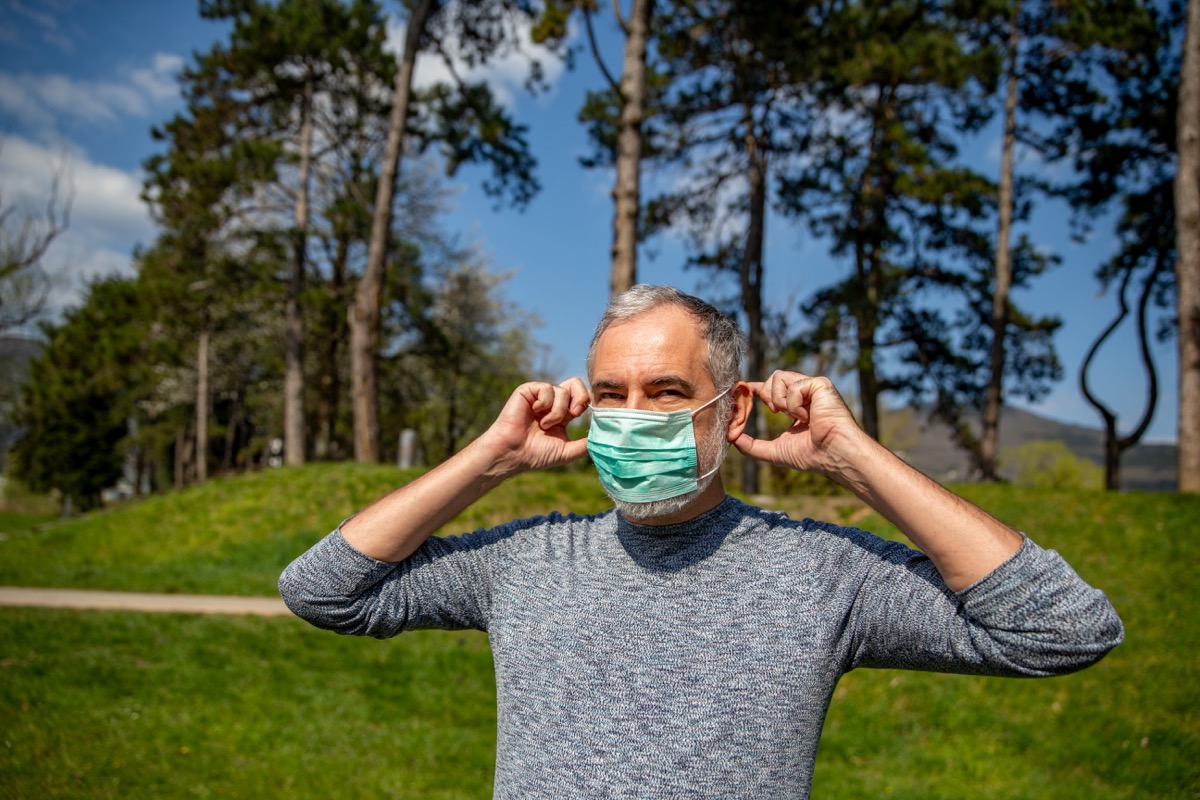Since the coronavirus outbreak was officially named a pandemic in March, different parts of the nation have had different methods to deal with the contagion. Every state is now at least in some phase of reopening, though a half dozen or so states that opened up early in the process are seeing sharp spikes in cases, causing national debate over a second wave. Many experts say we’re still living in the first wave that hasn’t yet ended. President Donald Trump explained during a political rally Saturday night that the increased number of coronavirus cases are a direct result of the increased number of tests. This received pushback, however, by Tom Inglesby, MD, the director of the Center for Health Security at the Johns Hopkins Bloomberg School of Public Health, who explained on Fox News Sunday on June 21 that the spikes in confirmed cases in many states in the South and West are not simply a result of increased testing. Inglesby noted that while overall testing has increased, so too has the percentage of tests coming back as positive—particularly in states like Arizona, Texas, North and South Carolina, and Florida. “That’s a real rise,” Inglesby said.ae0fcc31ae342fd3a1346ebb1f342fcb RELATED: For more up-to-date information, sign up for our daily newsletter. During an appearance on CBS’s Face the Nation on June 21, former FDA commissioner Scott Gottlieb, MD, agreed with Inglesby, saying, “We’re seeing the positivity rates go up. That’s a clear indication there is now community spread underway, and this isn’t just a function of testing more.” The Centers for Disease Control and Prevention (CDC) has reiterated that citizens must continue to take the threat of the coronavirus seriously, and take individual responsibility for abating the spread of the deadly contagion. How best to do this? Regular and thorough hand-washing, the consistent wearing of face masks when in public, and continued social distancing for at least six months. And, according to Jah, until a vaccine emerges, we should be expecting to live this way for another year. And for more developments on the coronavirus, see how These 5 States Continue to Set New Coronavirus Records.
